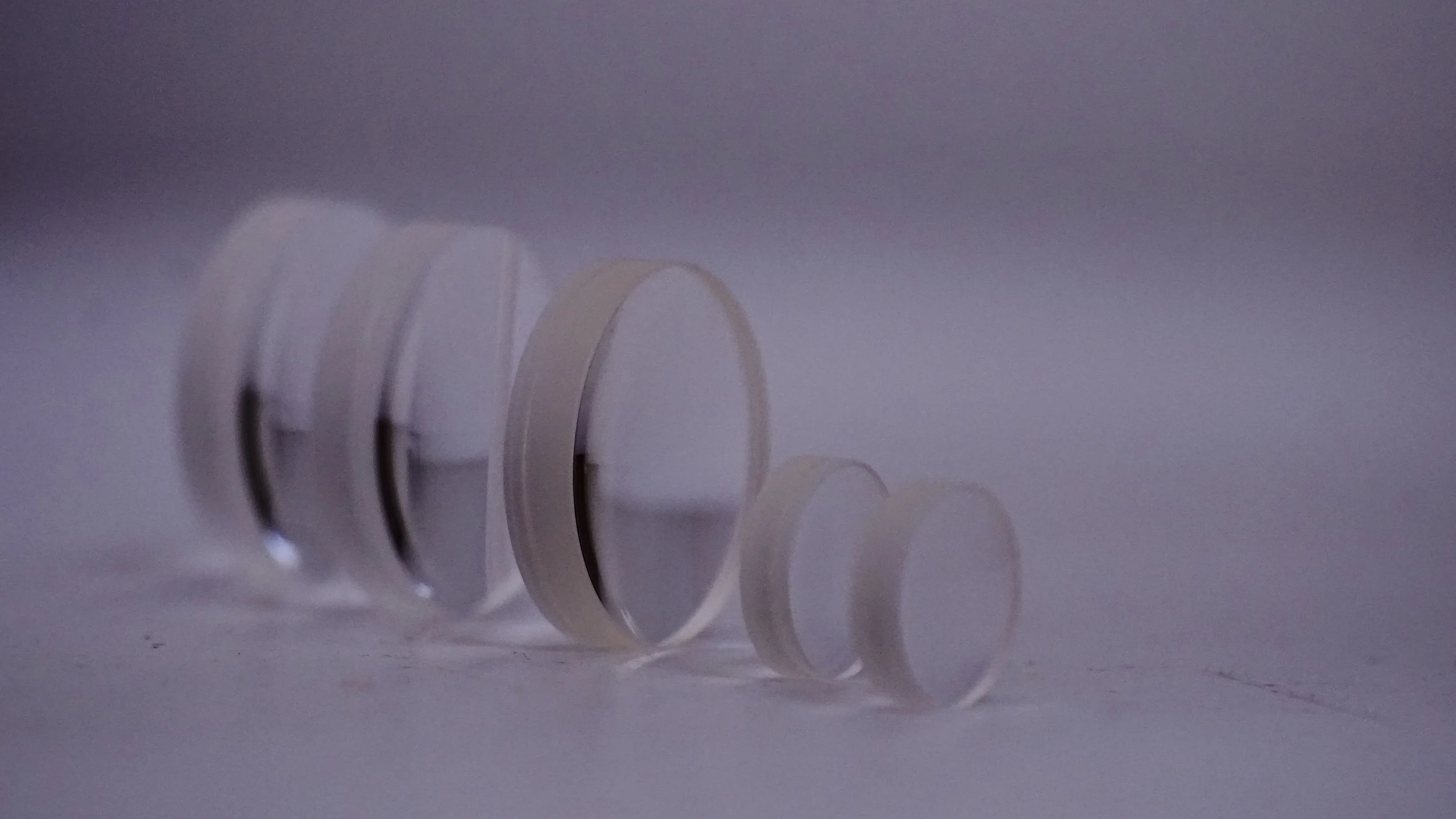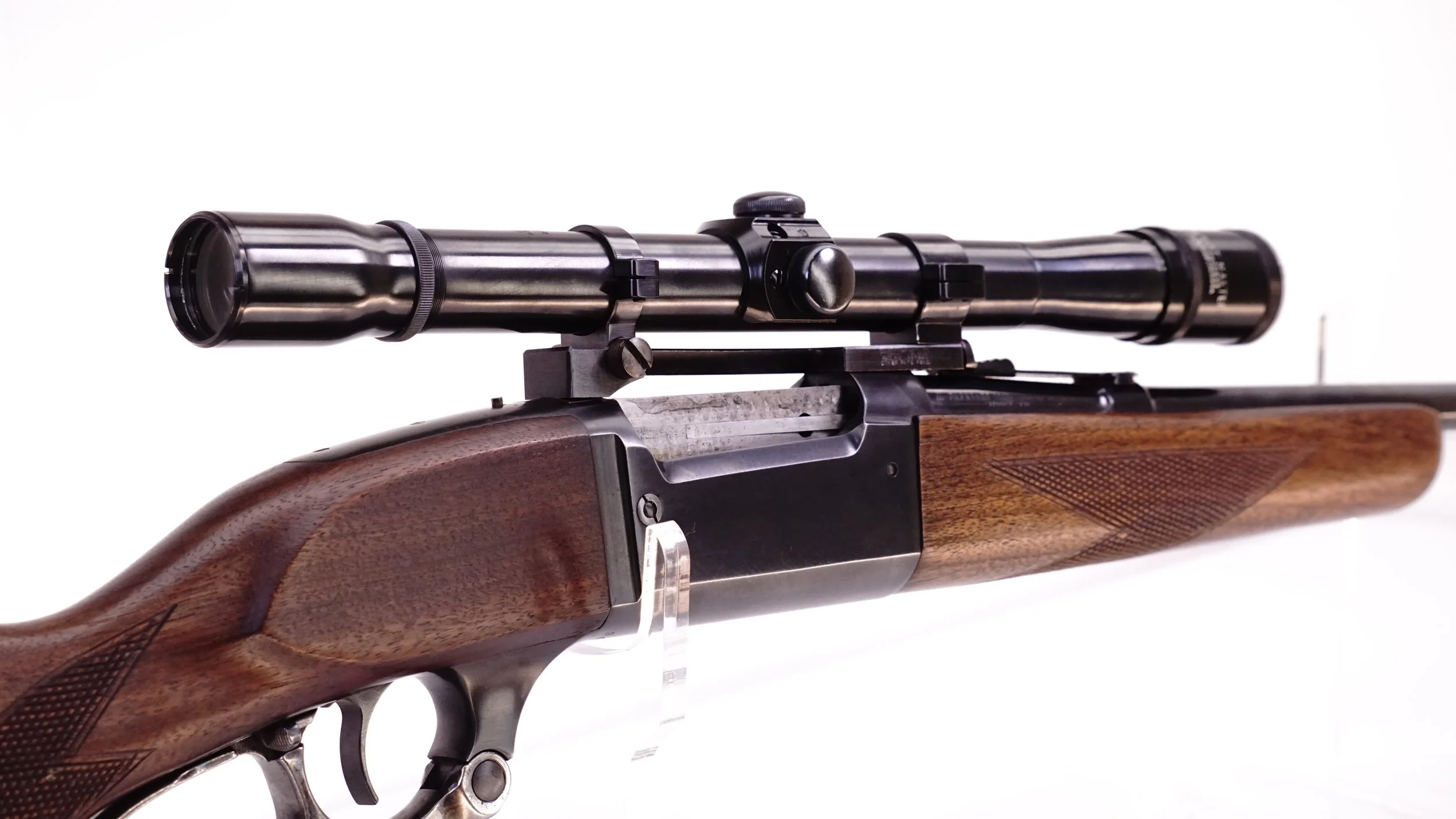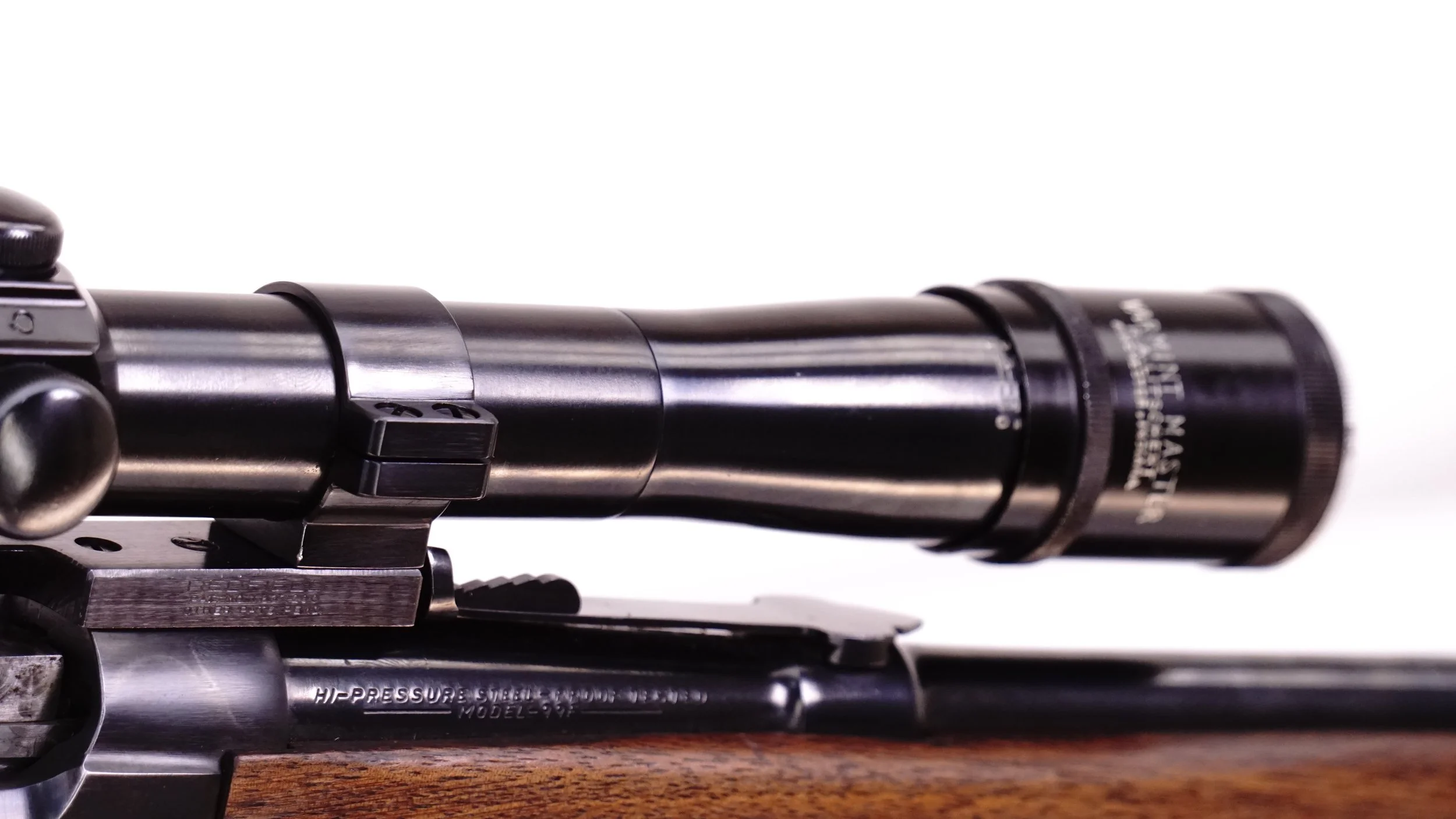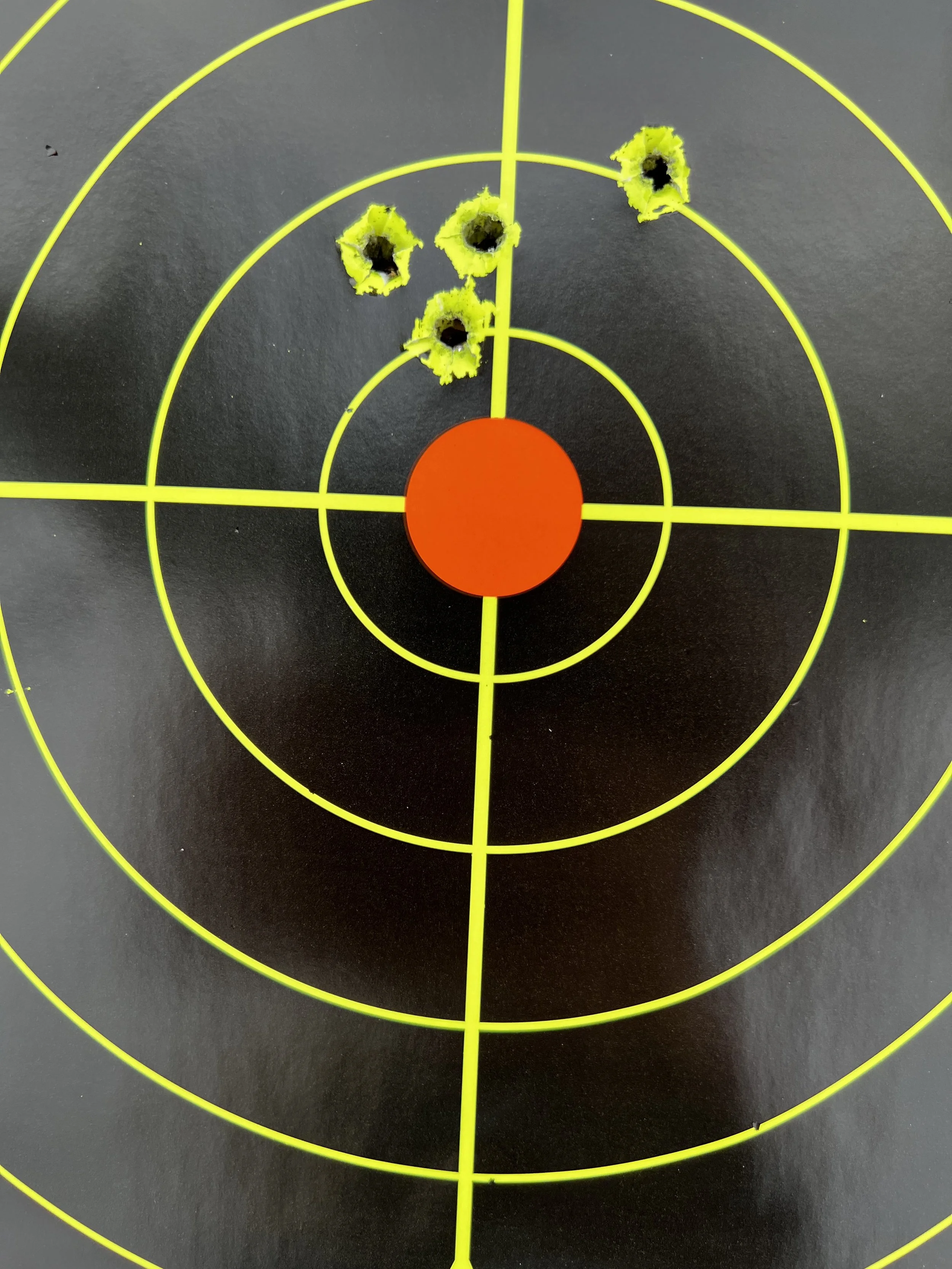Vintage Shooting with Confidence. New Glass in Old Scopes
The Background
My grandfather was known to carry two rounds with him. One in the gun and one in his pocket. He was a one shot guy. One day someone asked him why he only carried one round in his gun. “That’s all it should take” was his response. “Then why do have one in your pocket too?” was his second question. “Might have to finish yours off” was his quick reply. Big game hunting was brand new back then in Nebraska and grandpa was a pioneer of the sport in the local area.
I never had the opportunity to hunt with him because I was three when he died, but I’ve hunted a lot since then with everyone else in his hunting party. His sons, daughters and sons in law. With them I’ve managed a lot of hunting including outfitting for well over 3,000 turkey harvests and hundreds of deer, we’ve packed out 70 elk together, gathered thousands upon thousands of deer, elk and moose sheds, and I’ve been lucky to hunt everything from coyotes to elephants, pronghorn to Kuban tur on every continent that has hunting. I’m proud to have picked up Grandpa’s one shot skills, haven taken 20 of the North American 30 (I include wolf) with one box of shells. I’m on my second box now.
The main difference in hunting technology since Grandpa put a Weaver K4 on his Savage 99 .308 is distance, which translates into optics. Grandpa lived through the pre/post war optics evolution. Based on the equipment he used and when he used it, I can see that he was very much out in front of it when it came to his hunting equipment. He went simple high quality, or simple dependable, if you will. For him the rifle was a tool that needed to work every time because it fed his family. This meant that he was not a scope guy pre-war because scopes were a detriment to bringing home game consistently until after the advancements that came during the war and shortly after. Once the scopes were reliable and actually added to your chances of success, he was an early adopter.
Most of his later deer hunting happened using a 1957 Savage 99F chambered in .308 and topped with a Weaver K4-60B. That would have been great for the style of hunting they did back them. They shot a lot of big deer pushing out shelterbelts, woodlots, and river bottoms. Shooting would be from point blank out to maybe 200 yards. Very little time was spent sitting, it was a very active endeavor. Often the shot was on a running animal.
By the time I was old enough to hunt there were more deer, but far fewer mature deer left in our area. 90% of the deer taken were 1.5 years old, yet I was determined to figure out how to kill big whitetails, and I did that really fast. By 15 I was taking 150+ bucks in an area where few knew they even existed. I did it by distance scouting, sitting long whole days, and once I got the chance, I did it by practicing QDM, before QDM was a thing. Those were the 80’s.
My optic of choice was a Weaver K6-1 because it was the most accurate scope I was able to find. With that scope I was able to take deer out to 550 yards with no rangefinding equipment. I estimated distances from my sitting spot to likely shooting areas by measuring aerial photos before hunting season. I handloaded for accuracy, not trajectory and then I memorized my bullet drop in 100 yd increments out to 500. That was my personal maximum. I felt like everything had to be perfect to shoot at 500. The smallest movement between brain and bullet strike at that range could spell disaster. Especially when the buck you would be shooting at was the only one you found big enough to hunt. You couldn’t screw it up. It was better to wait for another day.
The Opportunity
The great news is that, in reality, the vast majority of game animals shot everywhere throughout the year are shot at under 500 yards even today - and we have rangefinders. Vintage equipment, properly set up, can easily handle that. What’s more, vintage guns have character. They have soul. They are fun to shoot and they shoot amazingly accurate and most are more reliable than what you buy today.
The Limitations
Vintage optics are definitely the greatest limitation when it comes to shooting a vintage setup. The weak link in the chain if you will. On one hand, they have some major advantages over modern optics. First, they are American-made rebuildable. Some of them will still be around in 1000 years because the good ones are made only from metal and glass. They can be opened and serviced, adding over and over to their longevity. They were made before the era of disposable optics.
The Advantages
Additionally, vintage optics carry with them other advantages which make them inherently more accurate, repeatable and reliable. Any long time El Paso Texas Weaver scope owner will tell you that you sight those click adjust Weavers in the first time you set them up and then never again. It’s a simple metal, mechanical setup that cannot fail. You can put it in the corner, pick it up 20 years later and hit the same spot. That said, the tractor grease that they used to use back in the day will eventually dry up and seize your adjustments right where they are, or make them hang up, so that of course has to be corrected every couple of decades. Additionally, the design of the scope tube and curvature of the glass seems to make a scope that is easier to tune without parallax. What’s more, some of the manufacturers back then were making exceptional glass, within a couple of points of luminosity of what you find in scopes today. Other company’s glass was not so great and can certainly be improved upon. To illustrate though, imagine your best, most expensive scope that is your daily shooter. Now imagine it in 70 years! Do you think some adjustments might be froze up? Do you think the nitrogen purge has been lost? Do you think glue and seals would have failed? Do you think oxygen in the tube would have added scale to all of the maybe 18 glass surfaces? Do you think there will be a thousand fine scratches on the ocular and objective ends from all that quick cleaning in the field? Yes, all of that. But you will not be able to do one thing about any of that. You will throw the scope away or have it replaced under warrantee if the company is still around.
The Big Problem
Finally, vintage guns just look silly with modern optics attached. We cringe when we see it and I think most vintage gun aficionados feel the same. Nothing looks better on a blued steel and wood gun than a blued steel tube scope. A good setup will look like it just grew right out of the receiver. Like vintage guns, vintage optics have their own character too.
Wanting to keep the vintage look, accuracy, and reliability but replace only the limiting parts while keeping the scope totally refurbishable for years to come was our goal. To allow us to shoot our vintage guns and scopes again without the handicap of old glass has become our vision. If grandpa was around today and new glass was available for his vintage scope that would give him a better advantage in the field, he would do it.
The Solution
Precision reproduced modern coated lenses give an old looking scope brand new clarity.
In 2021, we started replacing glass in the Weaver K2.5 with our precision reproduced, fully coated modern lenses. For the very first build I found a Savage 99F chambered in the same .308 Win and built in the exact same year as my grandfather’s as a tribute to him. I paid entirely too much for the gun, but I don’t care (maybe the first time those words have passed my lips). The K2.5 is the right size for the delicate 99F but it is robust enough to handle the recoil from the .308 with ease. However, I’m a western hunter and like to shoot beyond the limits of my current eyesight with a 2.5x scope. So, I boosted the scope to 8 power and installed a rangefinding reticle. Now I can legitimately go to the field for nearly any species in North America without feeling the handicap of a normal vintage scope.
The Build Pictured Here
Rifle: 1957 Savage Model 99F
Caliber: .308 Win
Base: VGS restored period-correct Redfield rotary-style patent base
Rings: VGS restored Redfield six screw rings
Scope: VGS restored, re-glassed and boosted Weaver K2.5 8x
Reticle: Weaver Rangefinding reticle
The Future
We are currently re-glassing the Weaver K2.5 and K4. Next up is the 60B series and Weaver 330. Re-glassing can now be ordered for the K2.5 and K4 on the website subject to our 90-day turnaround. The 60B and 330 re-glassing will be delivered in 2022. Restored, re-glassed and boosted K2.5 and K4s can be ordered by special order subject to a one-year turnaround.






